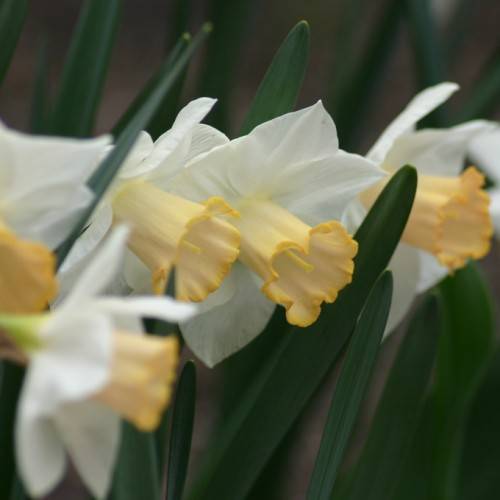
large-cupped daffodil
Narcissus 'Billy Graham'
Cycle:
Perennial
Watering:
Average
Hardiness Zone:
3 - 8
Flowers:
Flowers In Spring
Sun:
Full sun,part shade
Leaf:
Yes
Growth Rate:
High
Maintenance:
Low
Care Level:
Medium
watering
The large-cupped daffodil (Narcissus 'Billy Graham') is best watered twice a week, with around a cup of water each time. Water at the base of the root system right after planting it, and then be sure to water it every week. Ensure that the soil is kept moist by checking the soil moisture daily—by poking your finger about 1 inch into the soil. If the soil feels dry, it’s time to water. When watering the plant, it is important to use lukewarm water as flower bulbs can be damaged by cold water. Additionally, over-watering your daffodil can also cause problems, so it is important to water thoroughly, but not excessively.
sunlight
Large-cupped daffodil (Narcissus 'Billy Graham') grows best in full sun to partial shade. The amount of sunlight it receives should be up to 8 hours each day, ideally in the spring and fall when the sun is not so intense. In the summer months, the plant should be provided with some afternoon shade so it does not experience sunburn due to the intense heat. In the winter months, indirect sunlight or some form of supplemental lighting can be provided to help the plant grow.
pruning
Large-cupped daffodil (Narcissus 'Billy Graham') should be pruned immediately after it finishes blooming. This generally happens in early summer, but it may vary depending on your location. Pruning should involve removing any dead flower heads, stems, and leaves at this time to keep the plant healthy. Additionally, you may want to remove any new foliage that is appearing as this can divert the energy of the plant away from flowering. Be sure to use clean, sharp pruners to avoid introducing any potential disease to the plant.
